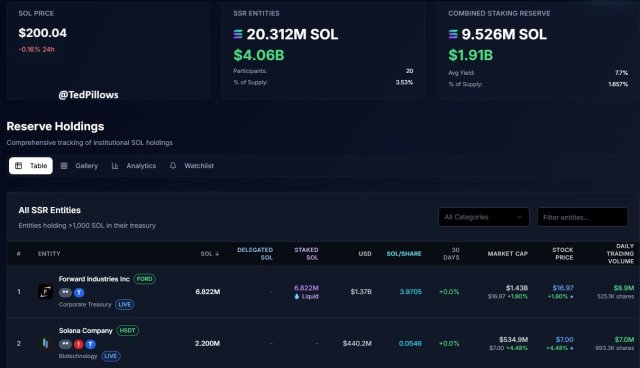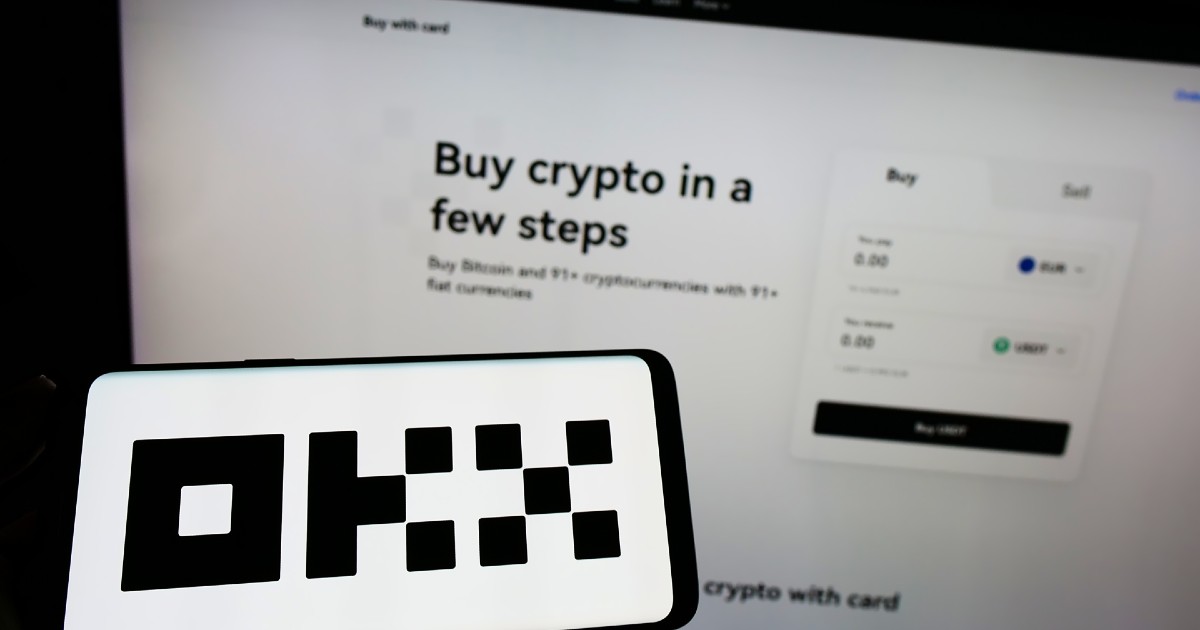 | ????️ The amount of Bitcoin on the Lightning Network is the lowest in almost a yearThe number of channels in the Layer 2 payment network has also shown a constant decline overtime \originally posted in Portuguese-BR on* Portal do Bitcoin (by myself). The Lightning Network (LN) recorded a liquid capacity of less than 5,000 BTC on Monday (24). It's the first time this happened since September 2022. The number of channels on the network has also been showing a steady drop since February of this year. Data is from Amboss Space. As of today (27), there are 4,834.64 BTC available to be moved between 74,157 channels on the Lightning Network, controlled by 17,995 nodes. These nodes are operated by businesses, services, users, and enthusiasts of the payment network that offers faster and cheaper transactions than Bitcoin's first layer. Unlike the main network, whose transactions take place on the blockchain: transferring ownership of coins from one wallet to another, under miner's validation. The Lightning Network operates via bilateral channels opened by node operators + network users and requires prior liquidity to be used. It is necessary to deposit Bitcoin in a joint (multi-sig) wallet (opening or replenishing a channel) with the other peer that a user wants to transact with. Another form of use is through intermediate channels as an access route to a recipient without a direct path (channel). The entire process requires prior liquid capacity before changing the BTC balances of each Lightning account. For each 'hop' a payment makes in each routing node (middle-men), more total capacity is needed. If users want to confirm the transaction on the Bitcoin blockchain, or send it to a private wallet (which is not shared with another node). It is necessary to close the previously opened channel, withdrawing liquidity (or capacity) from the LN. The lack of liquidity, or available transaction routes, can lead to the failure of payments. As reported by multiple users in time. Operators are leaving the Lightning NetworkOver the past few days, a massive Bitcoin breakout from the Lightning Network has been observed. After registering 5,619.3 BTC on July 08, there was an aggressive drop to 5,035.6 BTC just four days later (July 12) — a loss of 10% of total capacity. The liquidity loss occurred a few days after LN capacity reached historic highs. Although the net capacity drop in BTC is recent, the Layer 2 network has already seen the number of open channels consistently decreasing for months. After surpassing the maximum with more than 84,000 channels opened in the second half of 2022, closures have been constant so far, with the Lightning Network having lost more than 10,000 payment channels in the period. Lightning Network exit events occur concurrently with Binance entering the BTC-L2 ecosystem; which integrated LN into its services on July 17th. In this same period, Bitcoin also had the lowest average transaction fees on the mainnet since the May high — which recorded an average fee of $31 for each 'spending' made on the leading blockchain, according to BitInfoCharts. When considering that openings and closings of channels in the LN charge fees for Bitcoin miners, the decrease in capacity and number of channels along with a decrease in fees could indicate that operators are taking advantage of the low cost/barrier to leave the second layer. At the moment, public data from the Binance node reveals that the largest cryptocurrency exchange has only 340 BTC available in six Lightning channels. [link] [comments] |

You can get bonuses upto $100 FREE BONUS when you:
💰 Install these recommended apps:
💲 SocialGood - 100% Crypto Back on Everyday Shopping
💲 xPortal - The DeFi For The Next Billion
💲 CryptoTab Browser - Lightweight, fast, and ready to mine!
💰 Register on these recommended exchanges:
🟡 Binance🟡 Bitfinex🟡 Bitmart🟡 Bittrex🟡 Bitget
🟡 CoinEx🟡 Crypto.com🟡 Gate.io🟡 Huobi🟡 Kucoin.












Comments